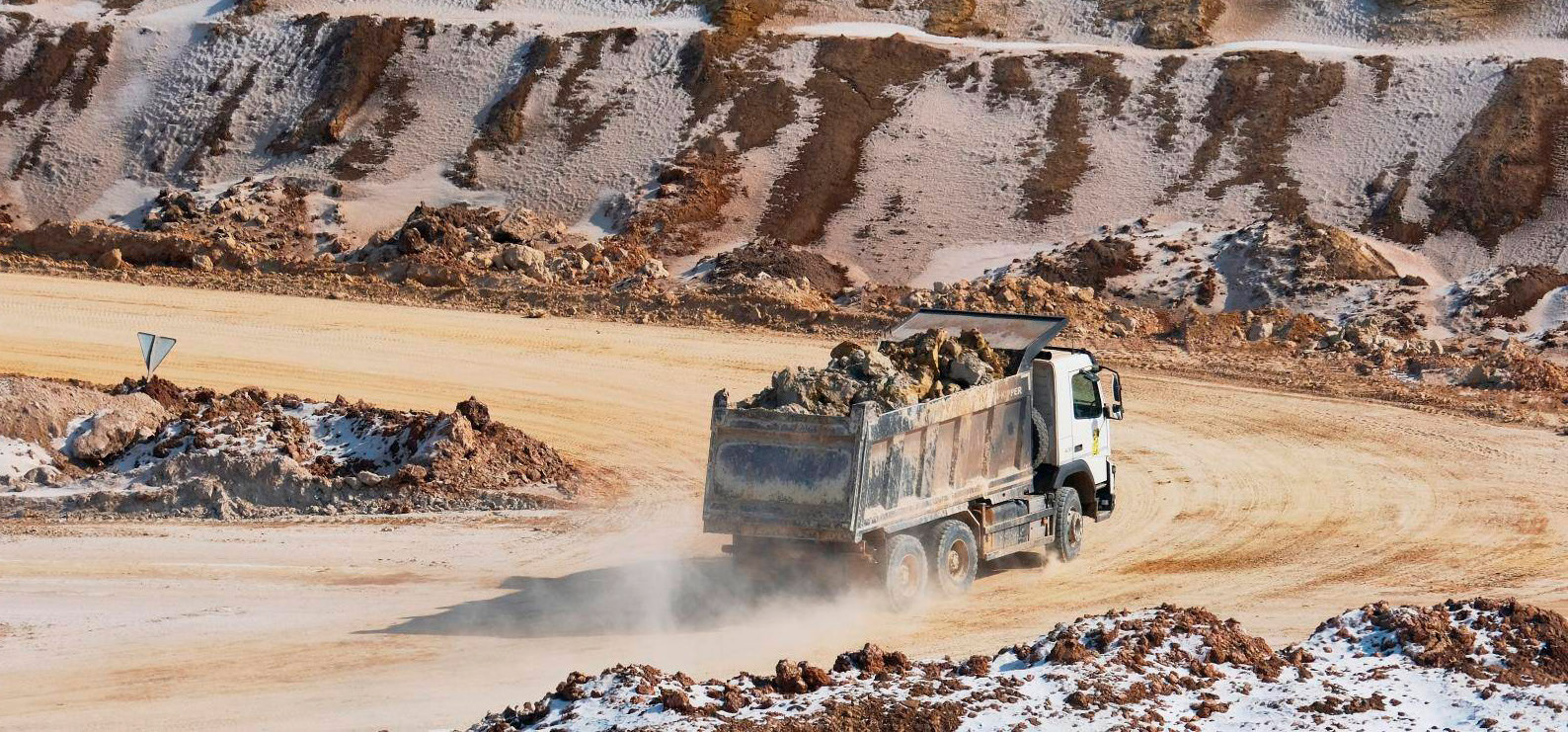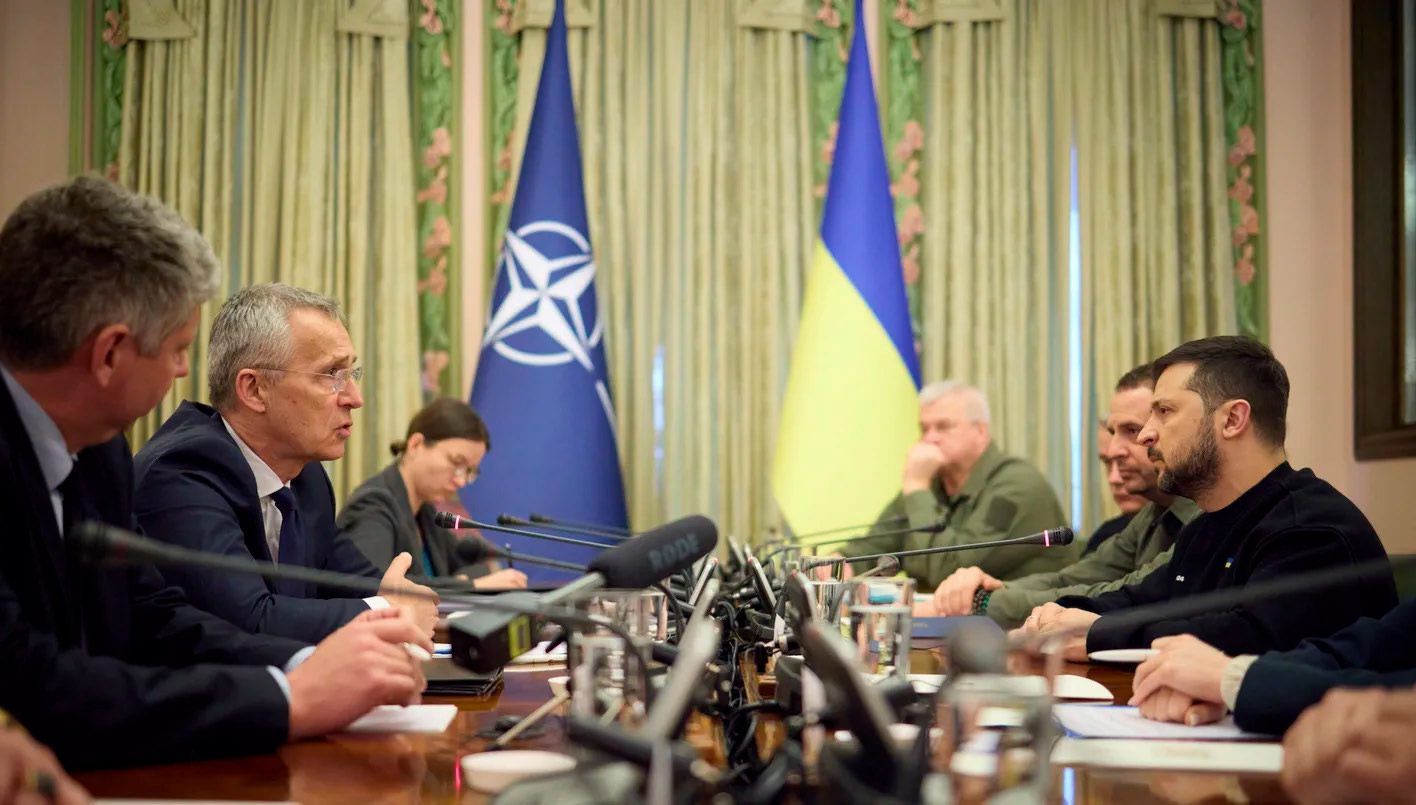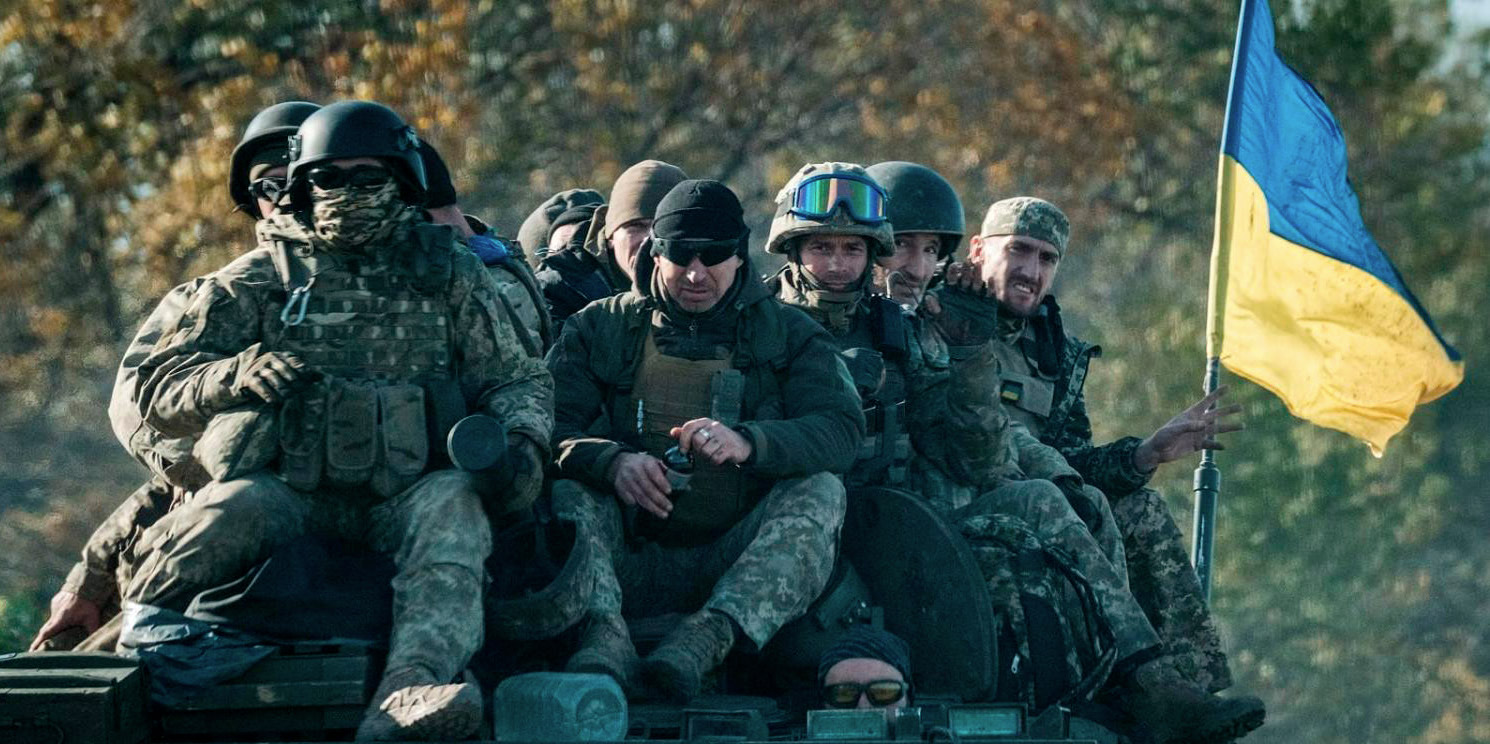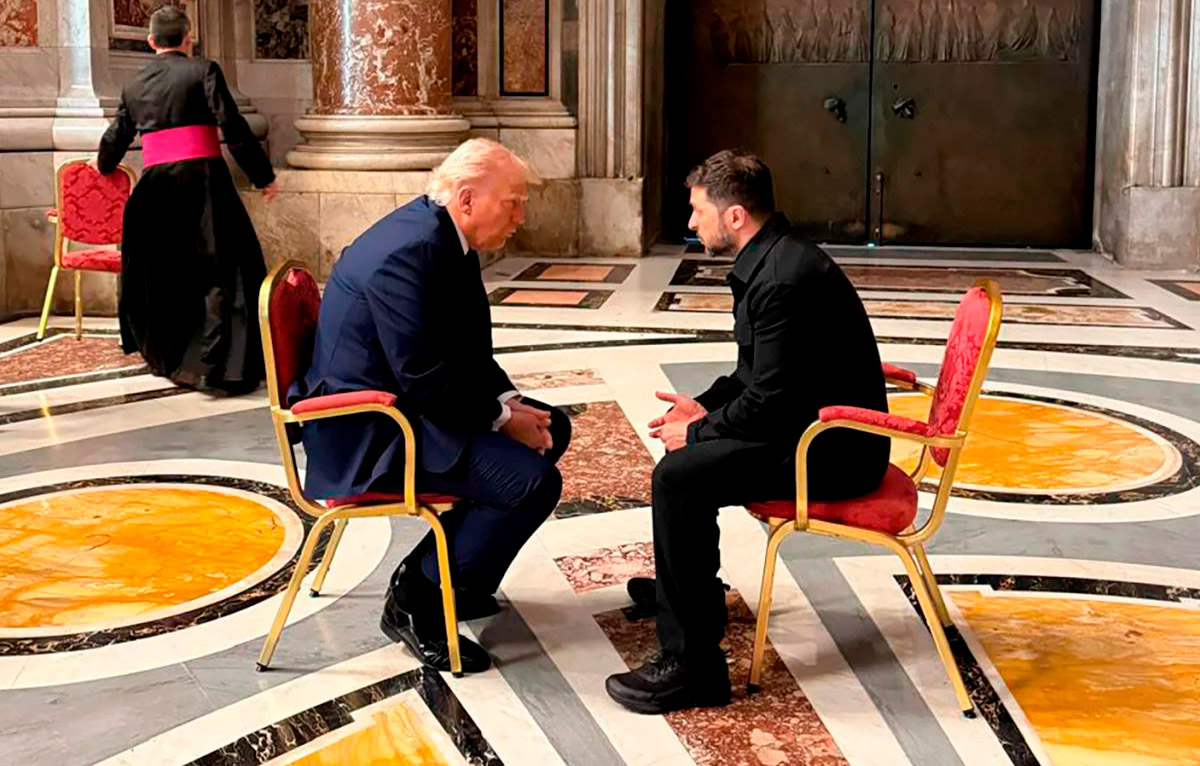President Trump meets President Zelensky during visit to Pope Francis’ funeral.
Brutal theatre
The public encounters of these two men have left indelible images in observers’ minds: of the unedifying ambush in the Oval Office in February, when Vice-President Vance laid into Zelensky before the TV cameras, and of Trump and Zelensky, away from the media, hunched on chairs facing each other, in the imposing, hushed margins of the late Pope Francis’s funeral at St. Peter’s in Rome on 26 April. The deal was finally signed, without much fanfare, in Washington by US Treasury Secretary Bessent and Ukrainian Deputy PM and Economy Minister Yulia Svyrydenko on 30 April. As required under the agreement’s Art.
IX (2 ), it was approved by the Ukrainian parliament (Verkhovna Rada) on 8 May with 338 votes in favour, none against, out of 400 MPs. The agreement takes effect once both parties’ constitutional processes are complete. Svyrydenko said on 8 May that would be in a few weeks.
What does the agreement say?
It is not just the public theatre attached to the agreement that has discouraged focus on its terms. The document itself is indigestible. It also hinges on two separate technical agreements. One of these is the Limited Partners [LP] agreement, regularly referred to in the main agreement. These subsidiary documents are not yet publicly available, and appear still under negotiation between Kyiv and Washington. In practice, the main agreement probably cannot take effect until these are signed. Understandably, some Ukrainian MPs, frustrated by lack of visibility of their terms, insisted on 8 May on amending the ratified document to indicate they would not automatically approve these two technical side agreements.
The headline from the principal agreement is that it creates a Reconstruction Investment Fund to invest in the extraction of critical and other minerals, oil and gas in Ukraine. This is to be based on a 50–50% partnership between the US International Development Finance Corporation (DFC), which is handling many of this Administration’s critical minerals initiatives, and Ukraine’s Public-Private Partnership Agency. The deal gives the US preferential rights to mineral extraction in Ukraine. It does not guarantee exclusive rights and does not give the US the power of veto Washington initially sought.
Zelensky’s original initiative, dating back to October 2024, to offer investment in Ukraine’s strategic economic potential in return for security guarantees encompassed the EU as well as the US. The agreement’s preamble mentions increasing investment by others (including investors in the EU and other states that support Ukraine’s defence), and ensuring that those acting against Ukraine do not benefit from its rebuilding. Kyiv is required to pass 50% of receipts from mineral licences and royalties from third parties into the partnership. The profits of mineral extraction under the agreement are to be equally shared between the parties. Profits from the fund over the initial ten years are reportedly assigned to the rebuilding of Ukraine, although that is not specified in the publicly available document.

Minerals are loaded onto trucks at an open-pit mine in Ukraine’s Donetsk region.
The agreement does not commit the Administration itself to invest in Ukraine. Indeed, it remains unclear what the US contribution is. Art. VIII shows the DFC will concentrate on offtake rights, exercised on commercial terms. This accords with the US strategic priority of securing commodity flows. It is less interested in ownership of mineral assets directly. Once the war ends, it will be up to the US private sector to invest on the basis of companies’ own assessments of risk and profitability.
The US scramble for critical minerals
The agreement covers a list of rare minerals, but also oil, gas, gold and copper. Iron ore and coal are unmentioned. Importantly, current mining operations are excluded. While some critical minerals could be extracted quickly in secure areas, other reserves will be time-consuming and expensive to recover. They will also require processing or refining (most of which currently occurs in China) and extensive energy infrastructure. Currently, no analysis of the recoverability, profitability and scale of many of these Ukrainian resources exists. Geological data is outdated and no evaluation of Ukraine’s rare earth reserves has been done.
Deposits are weighted to the east of the country. Some are in areas currently occupied by the Russians and close to active war zones. Significantly, Ukrainian MPs added a second amendment to the ratification, clarifying that the agreement covered all Ukrainian territory, including occupied areas. Against this background, it is improbable US companies will be eager to engage. They appreciate that, even after any peace deal, President Putin will not give up his goal of incorporating Ukraine into the Russian sphere of influence. This could be by securing a puppet regime in Kyiv, one that would renounce this minerals deal. Any likeminded successor to Putin would follow the same approach. Mining generally involves heavy capital commitments and long timescales. Companies would lack the assurance of the kind of benign environment required for future-proofing.
The US classes 50 minerals as critical, and relies on imports of 12, with heavy dependence on imports of another 16. Ukraine has deposits of 22 of these 50, with some major deposits of graphite, lithium, titanium, beryllium and uranium. These and rare earths are required for advanced weapons systems, electronics, emergent technologies, clean energy technology, and energy infrastructure. They are vital for US national security and economic growth, especially in the light of the way Beijing has weaponised its dominance in critical minerals and rare earth elements. One aim of the deal is to secure a potential supply chain for these and to exclude China (and Russia). The Chinese are already sniffing around Kyiv for reconstruction opportunities and to gain influence. Washington is likely to pursue critical mineral deals elsewhere in the same vein. The Syrian president’s offer of such a deal to Washington on 13 May will arouse its interest.
Respect for Ukrainian sovereignty
The agreement is much fairer than the one-sided version originally championed by Trump. It affirms Ukraine’s ownership over subsoil, infrastructure, and natural resources. The preamble also underlines that Kyiv retains the right to determine the areas within its territory as well as in its territorial waters, exclusive economic zone, and continental shelf to be made available for prospecting, exploration and production. It also retains control over decisions of what to extract. The preamble indicates the deal does not affect state ownership of companies such as nuclear energy generator Energoatom or Ukrnafta, Ukraine’s largest oil and gas producer.
No US security guarantees
The agreement offers no US security commitment to Ukraine of the kind the Ukrainians had always viewed as the quid pro quo for the deal, and which Zelensky made one of his red lines. Instead, it reflects “a broader, long-term strategic alignment between …peoples and governments, and a tangible demonstration of the USA’s support for Ukraine’s security, prosperity, reconstruction, and integration into global economic frameworks” (Art. III [4]). Any security assurance is implicit only and rests on the assumption that future US investment in Ukraine will alter Putin’s calculations, even if it does not deter him. The preamble mentions that: “the USA and Ukraine recognize the contribution that Ukraine has made to strengthening international peace and security by voluntarily relinquishing the world’s third largest arsenal of nuclear weapons”. This is an implicit reference to the Budapest Memorandum, 1994. Under this, the US, Britain and France became guarantors of the territorial integrity and political independence of Ukraine in return for its transfer of the nuclear arsenal on its soil to Russia. Russia was also a signatory and breached the memorandum in 2014 by invading Crimea. The preamble also acknowledges Russia’s full-scale invasion of Ukraine and the large-scale destruction that has ensued (Art III [2]). This contradicts the false Russian narrative of the war’s origins, sometimes propagated by Trump and Vance. The deal has no bearing on any futur e Ukrainian membership of NATO.

NATO’s secretary-general meets with President Zelensky to discuss battlefield and ammunition needs in
Ukraine.
No reimbursement for past US military assistance
One of the Trump’s initial demands was that Ukraine should pay for all the military and budget aid it had received from the US since the Russians invaded in February 2022. The size of this sum is contested. The agreement leaves the demand unmet. Instead, it provides that, once it comes into effect, the value of any US military assistance to Ukraine in any form (including the donation of weapons systems, ammunition, technology or training) will be deemed a capital contribution by the US to the fund. The wording (“If …the US delivers new military assistance”) makes it clear there is no US commitment to keep supplying weaponry and Ukraine is to pay for future supplies. However, the day the agreement was signed, the White House approved $50bn in arms sales. The agreement has nothing on Ukrainian debt to the US, consistent with one of Zelensky’s red lines. Bessent has spoken of economic partnership: “it’s equity, not debt”.

Ukrainian soldiers ride an armored vehicle in the Kharkiv region.
Governance, transparency & the traceability of funds
The US has been concerned over governance arrangements and measures to prevent corruption. These are not covered in the principal agreement. Instead, Art. III ( 3) refers to the parties acknowledging Ukraine’s need for “structural, institutional, and technological transformation, aligned with democratic values, market principles, and the rule of law”. Art. III ( 5) then describes the fund “as a flagship mechanism for encouraging transparent, accountable, and future-oriented investment”. The subsidiary agreements are likely to cover governance and accountability in detail.
Compatible with EU accession?
The preamble records the US as acknowledging Ukraine’s intention to avoid conflicts in the agreement’s drafting with Ukraine’s obligations related to EU accession. The agreement notes that, if Ukraine did join the EU in future, aspects of this deal would be renegotiated “in good faith” (Art. VII [3]). The effect on accession remain unclear. EU diplomats are concerned that Ukraine might be exposed to blackmail by Article IX on dispute resolution (any dispute “shall be resolved by mutual consultation”). However, earlier versions of the deal would have made accession much more difficult, because Kyiv would have had to give Washington first refusal on all investment opportunities, something the EU could not have accepted. There is no mention of the governing law. Potentially, the agreement gives the US a say in Ukraine’s application to join the EU.
Strategic significance of the agreement
Trump sees himself as having clocked up a success for America First. The agreement is, however, less conspicuously one-sided than the one he originally envisaged. That is a measure of Ukrainian tactical success. Provided exchanges on the side agreements do not trigger bilateral trouble, the deal enables Zelensky to put his bruising experience at Trump’s and Vance’s hands behind him. His rapid positive agreement to Trump’s demand that he hold direct talks with Putin in Istanbul on 15 May, despite Moscow’s rejection of a 30-day unconditional ceasefire, shows his recognition of Kyiv’s need to keep Trump on side.
Simply because mining ventures require such levels of capital investment, political and economic stability, security, and local infrastructure over so many years, it is hard to see how the deal will deliver any practical result in less than a decade, as a minimum. But it does arguably reinforce the US’s stake in Ukraine’s independent future and make it less likely that the US will walk away. Bessent described the deal as signifying the Administration commitment to “a peace process centred on a free, sovereign and prosperous Ukraine over the long term”. Recognition of that as a US goal is in itself a diplomatic gain for Ukraine. The agreement, and the ensuing US weapons sale to Ukraine, also mean the conflict is no longer simply ‘Biden’s war’. Trump is committed to fulfilling the arms package approved by the previous Administration, including refurbished Patriot batteries. He now has the political cover to resume deliveries because he can argue that Washington will be refunded the cost in due course. This will help narrow the dangerous gulf that was opening up between US and European policies on Ukraine. That would have been exacerbated, had the Administration imposed US economic dominance on Ukraine.
In the context of the Administration’s push for a peaceful resolution to the Ukraine conflict, the agreement has temporarily shifted US pressure back onto Russia. That will not trouble Putin, who has kept silent publicly on the deal. That in itself suggests irritation at the outcome. Not least, he will regret the end of a dispute between Kyiv and Washington that interrupted US weapons supplies to Ukraine. But his demand for direct talks with Zelensky at short notice suggests he is already working to wrongfoot his antagonist and discredit him with Trump. In the longer perspective, the minerals deal could prove to be just one move in an extended game of geopolitical chess. It may be remembered more for its moments of outstanding diplomatic drama than for its substance.
